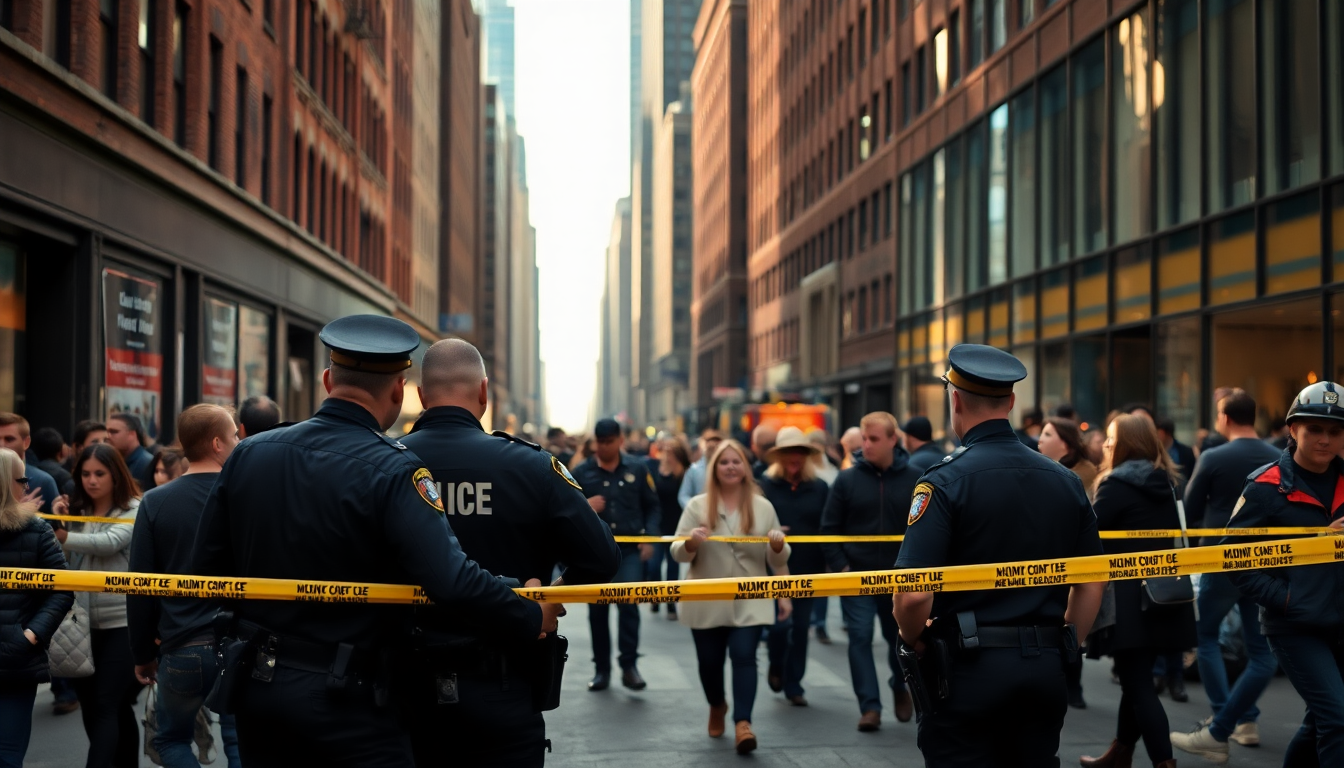Table of Contents
Following a heartbreaking shooting incident in Midtown Manhattan that claimed the lives of four people, including a New York Police Department (NYPD) officer, the conversation around police reform in New York City has reached a fever pitch. This tragedy has reignited debates about how effective current law enforcement strategies really are and has put a spotlight on the political commitments of candidates, especially Democratic mayoral nominee Zohran Mamdani, who is advocating for substantial changes in the city’s policing methods.
The State of Policing in New York City
New York City has always been a significant player in discussions about public safety and policing practices. With the NYPD being one of the largest police forces in the country, scrutiny over its strategies has been a constant, especially after high-profile incidents that have captured public attention. The recent Midtown shooting has underscored the intricate balance between ensuring public safety and addressing community concerns about police methods.
Data shows that the NYPD has poured substantial resources into various policing strategies, like creating specialized units such as the Strategic Response Group (SRG), which focuses on managing civil unrest and crime prevention. Yet, the effectiveness of these units has faced criticism, with community leaders questioning their necessity and the impact they have on fostering positive relations with the public.
Mamdani’s proposal to disband the SRG directly responds to the ongoing friction between law enforcement and the communities they serve. By vowing to eliminate this unit, he aims to tackle concerns about aggressive policing and the financial burden that lawsuits from police actions impose. While this stance is certainly controversial, it resonates with many who are pushing for a reevaluation of policing practices and a shift towards more community-focused approaches.
The Fallout from the Shooting Incident
The recent mass shooting, which resulted in multiple deaths, has left the city in a state of shock and mourning. The shooter, identified as Shane Tamura, reportedly had grievances related to the NFL, blaming the sport for his personal troubles, which tragically culminated in this event. In the wake of this violence, Mamdani conveyed his condolences and stressed the need for a thoughtful response to the violence that has plagued the city.
Mayor Eric Adams has also expressed his grief, honoring the bravery of fallen officer Didarul Islam and emphasizing the importance of ongoing support for first responders. The emotional impact of this incident is profound; it has sparked important conversations about the underlying issues of gun violence and mental health, as well as the effectiveness of current policing methods in preventing such tragedies.
The shooting has intensified scrutiny on the NYPD and its operational strategies. As public outcry escalates, city leaders face the tough task of balancing public safety with community trust. The push for reform isn’t just about dismantling units; it’s also about rethinking the overall approach to policing in a city that has seen both significant reductions in crime and a surge in public scrutiny of police tactics.
Looking Ahead: The Future of Policing in New York City
As the city grapples with the ramifications of the recent shooting, the future of its policing strategy hangs in the balance. Political figures like Mamdani are using these events to call for systemic change that could reshape how public safety is approached in New York. The dialogue surrounding police reform is evolving, with a growing focus on community engagement and accountability.
Experts argue that any significant reform must tackle the root causes of violence while prioritizing community needs over punitive measures. This means investing in mental health services, community programs, and alternative conflict resolution methods. The challenge, however, is implementing these changes while ensuring that public safety remains a top priority.
As we look to the future, the conversation about policing in New York City is likely to keep evolving, shaped by recent tragedies and the reactions from political leaders. The interplay between public opinion and policy will undoubtedly guide the direction of law enforcement in the years to come as the city strives to balance the need for safety with the demand for justice and equity.


